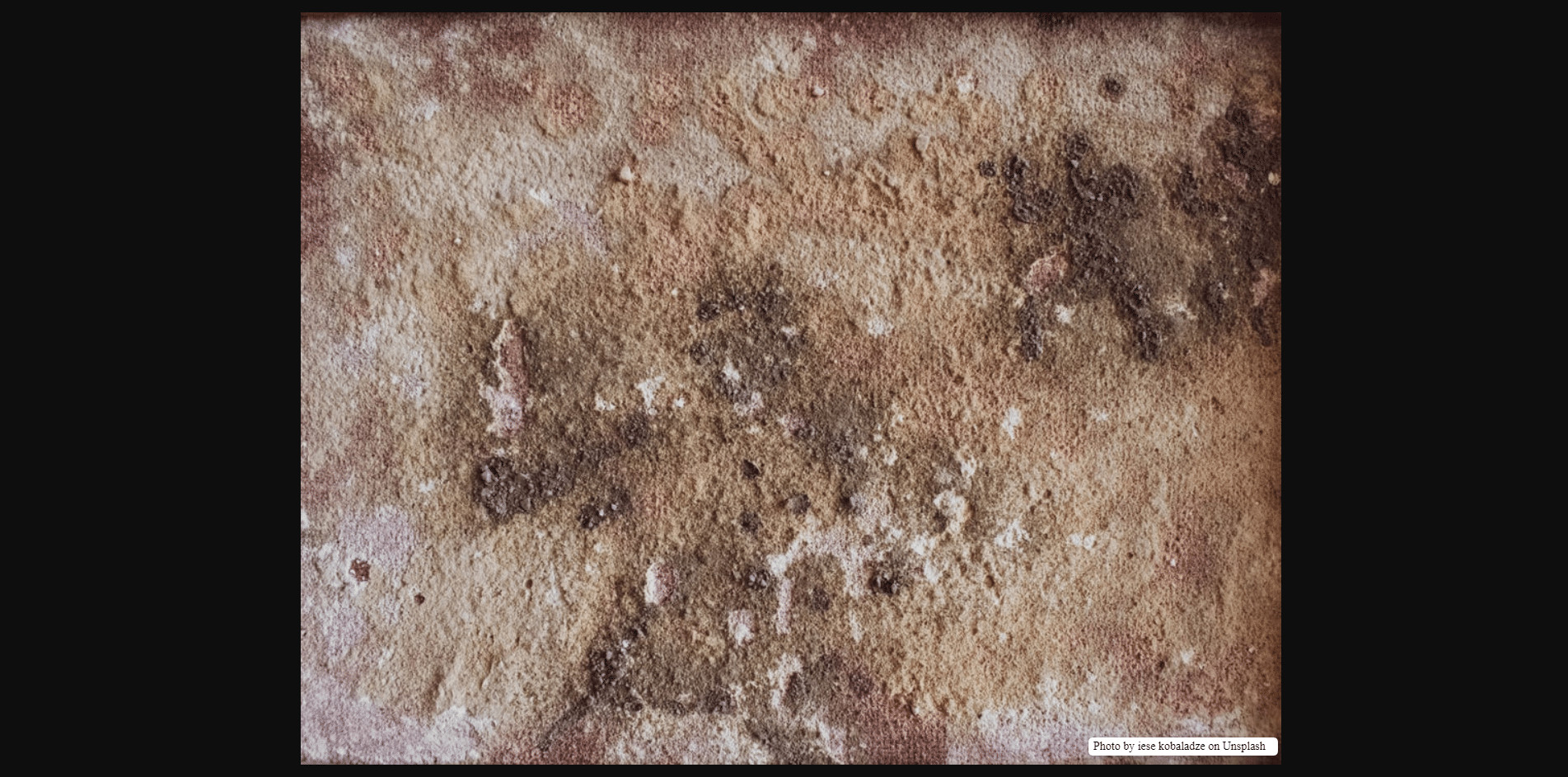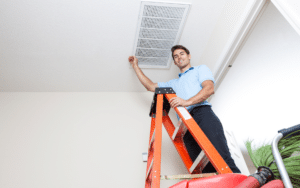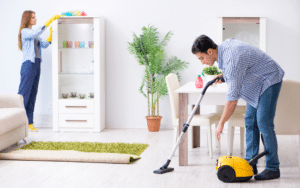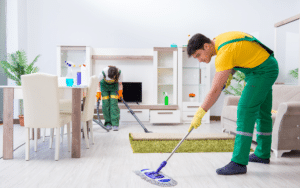No home is immune to mold growth. While not all mold is dangerous, how can one tell for sure? Here are our top tips on how to clean mold and keep your home sanitary and hygienic each time?
Let’s talk about a few key steps for effectively and safely dealing with mold growth whenever it appears at your place?
Step 1: Assess The Situation?
Start by identifying the full extent of mold growth in the affected area at your place. Now, this could be easy or difficult, depending on your situation.
As a homeowner, you can deal with moldy areas less than the size of a sheet of plywood or so. But larger patches or moldy areas that involve some kind of sewage backup are best left to professionals.
Step 2: Eliminate The Moisture Source
Mold only grows in the presence of moisture. This is why you need to make the area permanently dry before you can expect permanent freedom from mold regrowth? In fact, basements are especially susceptible to water vapor infiltration.
Step 3: Make Removal Decisions
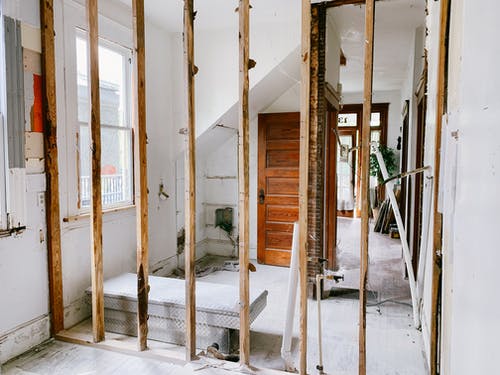
Some moldy surfaces are ideal for treatment and restoration. But it’s usually advised to remove and replace large moldy drywall, ceilings, tiles, carpets, and other non-structural material.
Ensure you wear a HEPA respirator while you work to protect yourself from airborne mold spores.
Step 4: How to Kill Mold and Discourage Regrowth?
This is where the everyday use of bleach to clean mold is truly a slip. The toxic nature of bleach kills mold on non-porous surfaces, and it cannot do an adequate job on porous surfaces.
Use a fungicide technology-based product to kill the mold from its roots. These products physically crush the mold organism as it dries.
Also, it discourages regrowth if the area occasionally becomes moist again.
Step 5: Eliminate Mold Stains
Now that you know how to clean mold, you also have to focus on cleaning the mold stains. While traditional bleach can sometimes brighten up the molded surfaces, bleach is also toxic. And it often discolors the surrounding areas.
The best way to remove mold stains is to look for an oxygen-based product. Mix it with warm water and apply the solution to affected areas.
This oxygen-based solution acts as an eraser to remove mold stains in many situations without changing the surrounding materials color.
Step 6: Prevent Mold Regrowth
Even fungicides that offer residual control aren’t magic. Ultimately, you need to keep the moisture levels down to eliminate an eventual mold relapse. This could mean different things in different situations.
Ensure sufficient ventilation to keep indoor relative humidity below 50%, especially during winter weather. Also, always keep an out for leaking pipes, water residue from behind the washing machine, or under the kitchen sink.
Killing and eliminating indoor mold isn’t complicated. Here’s how to clean mold and your everyday appliances.
How to Kill Mold and Bacteria on Appliances and Household Items
Washing Machine
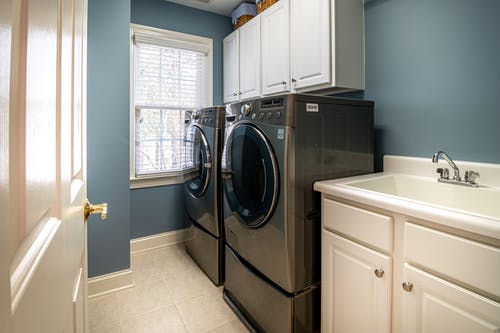
Soap scum builds up around your gasket, which can lead to molding and microorganisms.
How to clean it: Keep the gasket dry by wiping up excess moisture every week. Remove wet clothes right away and leave the door ajar between washes to let it dry.
Dishwasher
It may seem ironic that a dishwasher would itself need cleaning. Inside most dishwashers, there’s a filter that catches leftover food.
Food scraps, scum, grease, etc. can build up inside the filter after every cycle. That’s mold, which will eventually prevent your appliance from working correctly.
How to clean it: Wash it with warm water and soap. If there are any lingering traces of foul odor, you can add baking soda and run an empty cycle. Your dishes will thank you.
Refrigerator
A refrigerator is one of those places that looks clean outside but isn’t on the inside. Some drawers and shelves can have crusty, mildew build-up from previous food items and drinks.
Everything you leave in there is going to leave a mark if not cleaned promptly. It’s best to maintain the temperature inside the refrigerator say 37F is ideal for keeping away those nasty bacterias.
How to clean it: Take everything out. Thoroughly clean the shelves and drawers with baking soda; you can then spray it with warm water and detergent mix. Wipe and dry them completely. Discard all expired and rusty items before rearranging it.
Pillows
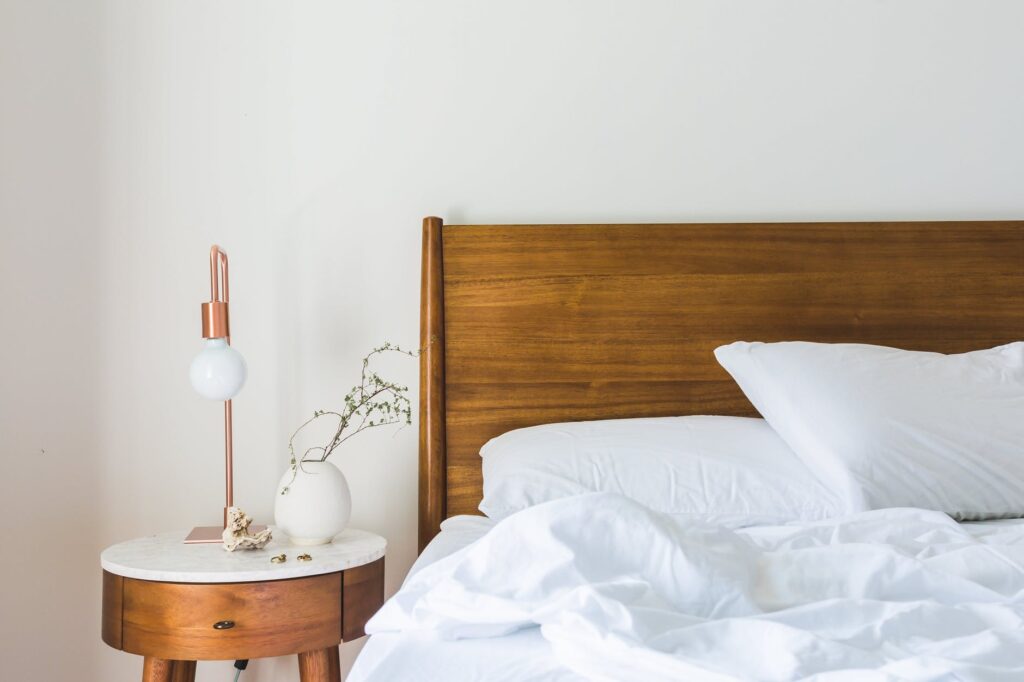
After two years of use, one-third of your pillow’s total weight contains dust mites, dead skin, and bacteria.
How to clean it: Merely wash your pillows. Wash two or more pillows at the same time to keep the washer balanced.
Follow the care instructions on the pillows for the best results. Use a softer sheet and some dryer balls to help them fluff in the dryer and if your pillow feels lumpy or doesn’t spring back when folded, then it’s probably time to shop for a brand-new one.
Sponge
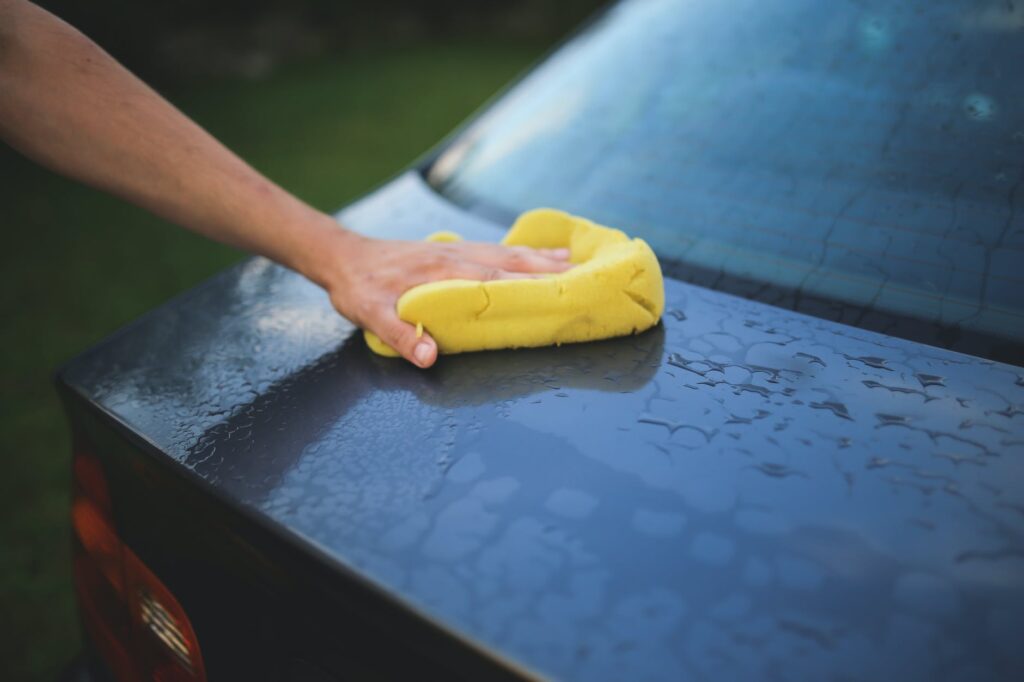
Since it’s always wet and washed dirty items, your sponge is always covered in bacteria.
How to clean it: Rinse it off under running water and then microwave it on high for 2 mins. According to researchers, this method kills 99.9% of bacteria making this method the best so far.
Hairbrush
Over time, oil, dirt, dead skin cells, and link build-up can lead to yeast and bacterial growth.
How to clean it: Start by removing all the hair with a comb, scissors, or your fingers.
Once all the hair is gone, fill up a bowl with warm water. Add a few drops of shampoo and soda to the water. Mix it up and soak the hairbrush for about 15mins. Make sure that you submerge the bristles completely in the mix. After, rinse the hairbrush in clean water and dry on a towel.
Fast Maid Cleaning Service has been in the cleaning business since 2009. We offer professional residential and commercial cleaning and maid services. We also offer COVID-19 disinfection services to help keep your environment safe and sound. You can avail our cleaning services in the following locations:

